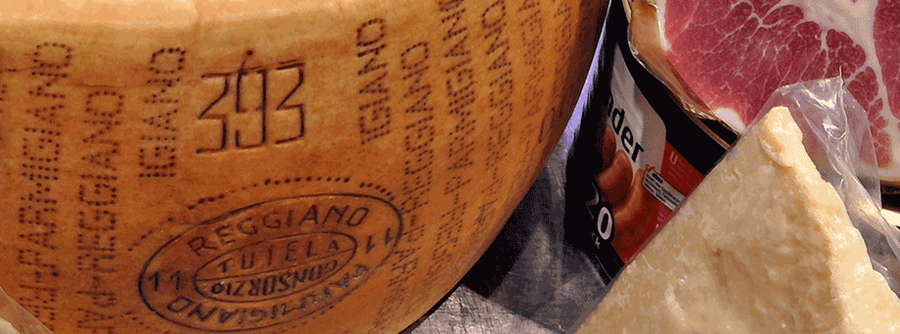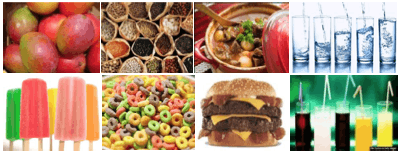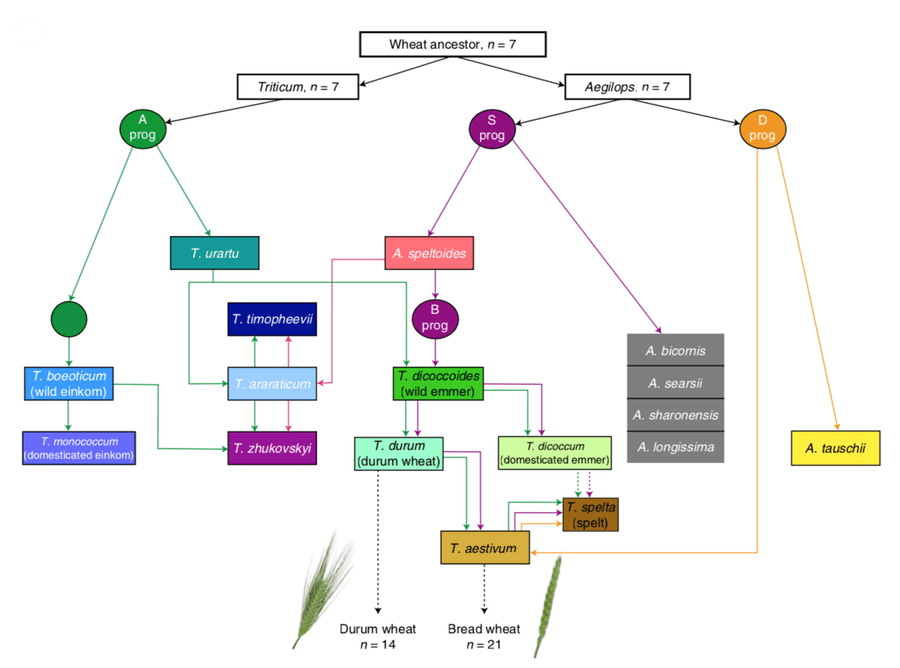Eat This Newsletter 099
Hello
Cheese, processed food and wheat.
Not too many things caught my eye over the past couple of weeks, which is just as well as the few that did called for more than a little work.
So it isn't Parmigiano-Reggiano. So what?

The Washington Post's intrepid Rome reporters recently filed a long story about Italy's equally intrepid parmesan police. It is a good piece, as far as it goes.
Italy's long love affair with its traditional foods, spiced up with modern nationalist populism, sees knock-offs as a dangerous threat both to those treasured foods and to its economy. The main weapon is the European system of protected origin legislation, which sets out the details of exactly how and where certified products may be made. Outside Europe, of course, those agreements have absolutely no force, which is why the parmesan police have their work cut out; all they can do is object to foods labelled Parmigiano-Reggiano, not to anything that calls itself mere parmesan.
My problem with the Post's story is that it avoids some of the manifest difficulties of the system of protected origin. One is the question of whether a cheese made in a similar way can be equally good. It does acknowledge that some taste tests have found carefully made parmesan to be not entirely awful. But it doesn't mention that the regulations that govern the production of Parmigiano-Reggiano are themselves set in aspic. Eat This Podcast devoted an entire episode to What makes Parmigiano-Reggiano Parmigiano-Reggiano? five years ago. I wrote then:
[I]n coming up with the rules to protect their product, the producers necessarily take a snapshot of the product as it is then, ignoring both its history and future evolution. They seek to give the impression that this is how it has always been done, since time immemorial, while at the same time conveniently forgetting aspects of the past, like the black wax or soot that once enclosed parmesan cheese, or the saffron that coloured it, or the diverse diet that sustained the local breed of cattle.
My view remains that protected origin rules are a way to shorten the distance between the people who make food and the people who eat it, and substitute for the eater's discernment. Like the Post's story, that's fine as far as it goes, but the rules should not prevent producers or consumers from going further.
Canned laughter
A tweet from Rachel Laudan alerted me to a conversation between Anna Zeide, who wrote the book Canned: The Rise and Fall of Consumer Confidence in the American Food Industry, and Robert Shewfelt, a retired professor of food science who reviewed the book on his website In Defense of Processed Food. I dutifully read the three posts that made up the dialogue (start here) and came away feeling that, civilised and polite though it may have been, for me the exchange represented classic bait-and-switch rhetoric.
Robert Shewfelt's main thrust can be encapsulated by his statement that
anything with nutrition facts and an ingredient statement is a processed food.
Indeed it is. One could argue equally well that any food not eaten raw is a processed food; many have. To do so, in my view, is to completely miss the point about how most people, and especially those who rail against them, interpret the phrase. They don't mean the fermented cocoa beans that go into their chocolate. They mean foods that they couldn't possibly make at home, even if they wanted to, because the processes that turn the ingredients into the food require industrial-scale activity. Anyone can can or freeze ingredients. Anyone can ferment cocoa, or coffee, or even wheat. Nobody can process deli-meats with the kind of high pressures that render the meat absolutely sterile so that it lasts a very long time without refrigeration. And while you can make high-fructose corn syrup at home, nobody but an artist would actually want to do so.

A definition, or four
Definitions are important, although one also has to be careful that one doesn't use a definition from one realm of thought and apply it to another. A psychometrician uses the word "intelligence" to mean something different from what I mean when I use the word. "Organic" and "chemical" likewise mean different things to a chemist and to a shopper. Indeed, most people, even professors, are probably capable of using the same word differently in different contexts. So rather than say "anything with nutrition facts ... Is a processed food," I prefer to use the definitions offered by a large group of authors in World Nutrition.
That recognises four categories:
- Group 1 - Unprocessed or minimally processed foods
- Group 2 - Processed culinary ingredients
- Group 3 - Processed foods
- Group 4 - Ultra-processed food and drink products
Full details are in the paper I linked to. And yes, I know the authors are against ultra-processed foods, probably with good reason.
Robert Shewfelt has his own definition:
I consider any product, including ingredients, that comes in a bag, box, can or jar to be processed. I also consider any bakery product or piece of meat or fish not attached to a carcass to be processed.
To lump processed culinary ingredients, processed foods and ultra-processed food and drink products together is, in my view, not helpful. It matters not whether you want to say they are safe or dangerous, your message will carry more weight if your definition is less inclusive.
Wheat DNA reflects global geopolitics

A massive EU study looked into the DNA of 487 different kinds of wheat, including wild relatives, close domesticated cousins, old landraces, old cultivars and modern elite varieties. All bread wheat falls into one of three separate clusters. There is a founder population that represents primitive landraces originating in the Fertile Crescent and modern varieties that came about as part of the green revolution. It includes older varieties from Western Europe. A separate cluster contains varieties from Eastern European countries, developed after about 1955 during the cold war. The third cluster contains mostly varieties developed after about 1985 that mix DNA from the founder population and the Warsaw Pact cluster, reflecting a greater exchange among breeders after 1989.
There's more, especially for wheat nerds such as myself. For one, Asian and European cultivars are much less similar than one might expect. Farmers in the two regions, while pursuing the same overall goal of greater productivity, seem to have done so by selecting different genetic targets for their work. Breeders now have more specific information about the stretches of DNA that they might want to target as they go about creating new varieties that can cope with changing climates.
Overall, the current picture of the evolution of wheat remains the same -- complex -- albeit with stronger support for some of the putative pathways. Personally, that's a great relief. It means I don't have to scrap any of the episodes of Our Daily Bread devoted to the evolution of wheat.
The original research paper Tracing the ancestry of modern bread wheats is behind a paywall, a scandal for taxpayer-funded research, but that's another story. I suspect that anyone who needs more detail will have access, but if you just want more details, drop me a note.
I really do welcome comments, criticism and suggestions; send them over.
All the best,

Jeremy
Add a comment: